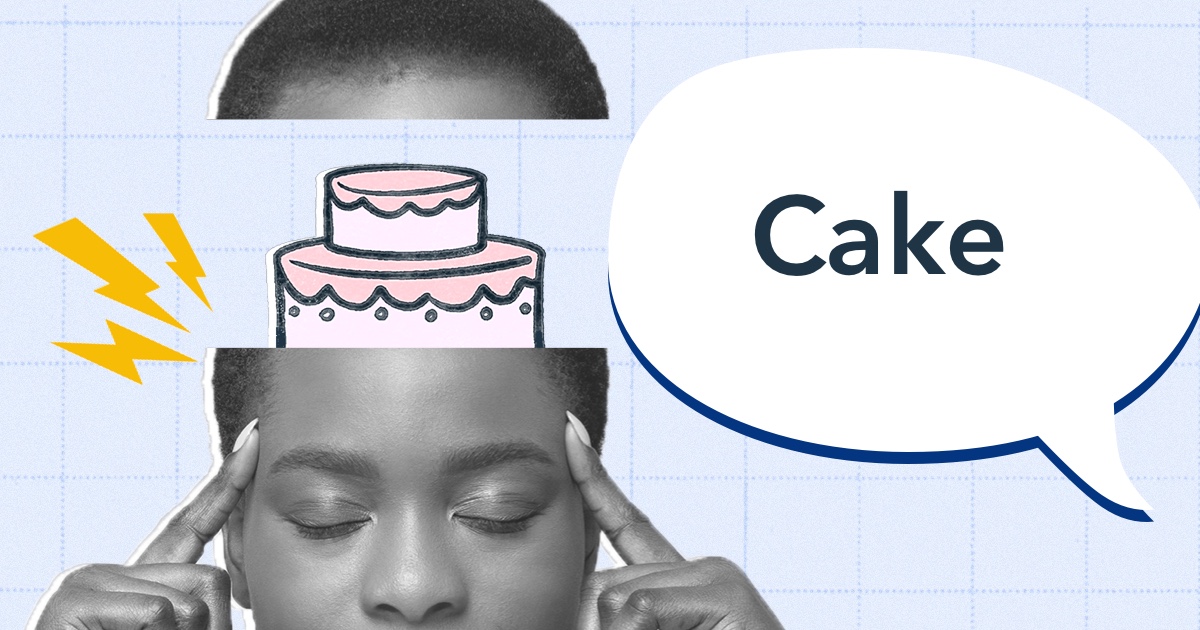When you read the word “apple”, what do you think of? Chances are you first see the word and its spelling “a-p-p-l-e”. Then you might see an image of a nice red or green (can’t forget about Granny Smith!) shiny fruit with a perfect little stem.
You might think about the crisp sound it makes when you bite into it, then the sweet and slightly tart taste. Maybe you even think about the best apple pie you’ve ever eaten. This input memory from multiple senses helps form your deep understanding of what an apple is.
Dual coding takes this multiple sensory approach to understanding and puts it to practice when learning. The dual coding method thoughtfully combines imagery and verbal or written materials to accelerate the process of understanding and memorizing new information.
While this sounds similar to learning styles, a disproven and potentially harmful theory, it’s actually the antithesis of it. Learning styles diagnose and label individuals as a specific type of learner based on their perceived strengths and preferences, whereas dual coding aims to combine and take advantage of all “styles” of learning instead of boxing individuals into one or the other. So how can you use dual coding when learning new concepts and studying?
Putting it to practice
Incorporating dual coding into your learning is pretty simple, and you’re probably doing it already. When you’re learning new information, you just need to combine visuals with verbiage.

For example, if you’re a pharmacy student learning about pharmaceutical drugs, you can create a chart that categorizes drugs based on class, side effects, and therapeutic uses. Or if you’re an EMT student learning about respiration & ventilation, you can draw a sketch of a human respiration system and label each of the anatomical features.
Here are examples of dual coding methods you can use:
- Diagrams that use labels and imagery (e.g. an anatomy chart)
- Graphic organizers that neatly organize words and concepts into buckets (e.g. a flow chart, venn diagram, or story board)
- Timelines to represent dates and events on a understandable scale
- Infographics that use all of the above to breakdown more complex concepts into an easy to read and understand format
- Using icons and symbols to represent certain words, phrases, or concepts
It’s important to put meaning behind the images. You’ve probably seen powerpoint presentations with some sweet clipart included that does nothing to add any context to the information, they’re there just to look at and can be distracting or even confusing. The same goes for dual coding.
So if you’re learning about plant biology, a simple picture of a leaf is not going to help you understand the structure of a leaf. You’ll need to see labels, diagrams, and other contextual information alongside that image to actually put everything together and get a deep understanding.
Creating imagery yourself from verbal materials is also critical to dual coding. Being able to label each anatomical part of a heart is great, but it’s even more powerful when you practice actually drawing the heart and its features from memory. Don’t be discouraged if you’re far from an artist! As long as the drawing has meaning to you and represents the concepts in your head it will be an effective way to understand and memorize your material.
Why it works
Allan Paivio first proposed the idea of dual coding back in the 70’s, and dedicated much of his career proving its efficacy and use as a powerful tool in the classroom. According to Paivio, we all have the capacity to use both verbal and visual information to encode and represent knowledge. Dual coding takes advantage of that by presenting visual representations of a concept, which enhances your comprehension of ideas at a deeper level and enables you to apply the material more flexibly.
Research also indicates that the combination of visuals with text or audio allows us to go beyond the limitations of our working memory, which possesses a finite capacity for processing information concurrently. The exclusive use of either text or visuals to convey information fails to fully exploit the available “channels” within our working memory. In contrast, employing dual coding strategies optimizes this cognitive process, giving you a “two for one” deal when memorizing information.
So next time you’re studying something new, try adding some dual coding into your learning toolkit. Even a simple Venn diagram or mind map can help you learn and memorize more effectively.

 learning science
learning science